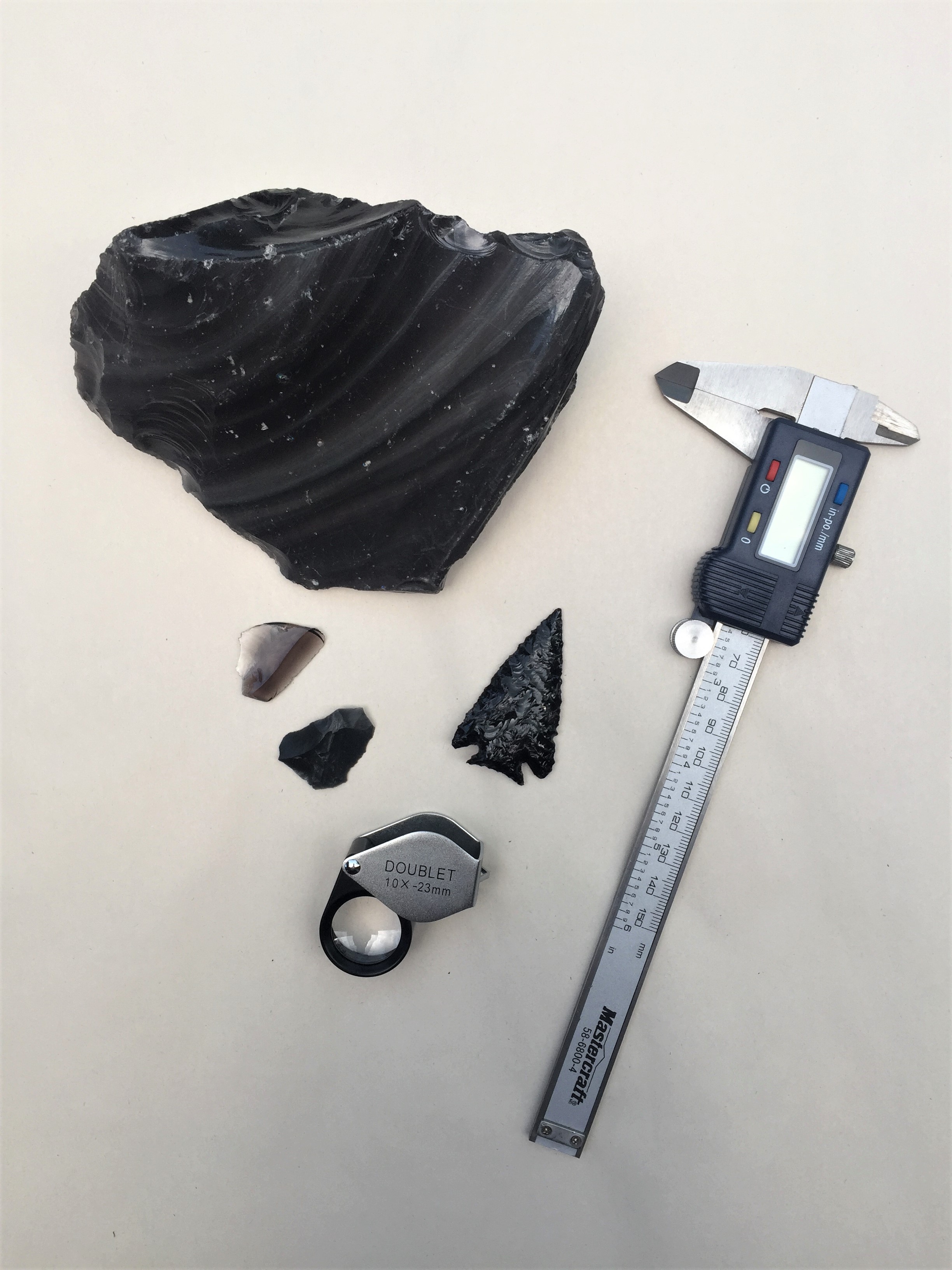The study of how people used and interacted with animals in the past is called zooarchaeology. Animal remains in the form of bones, teeth, antler and horn, and shell can tell us a great deal about people’s adaptions relating to subsistence activities and how they changed through time.
The first step is identifying what elements and animals are represented in a site. Very rarely are complete items recovered, as most are found as small pieces due to cultural and/or natural factors. Archaeologists must determine if the fragments can be assigned to certain elements, such as a femur or molar. From there, efforts are made to classify the animal to the most specific level possible (e.g., mule deer, freshwater mussel, salmon, waterfowl, turtle, etc.). The result is an inventory of the various animals harvested, processed, and/or consumed by the site inhabitants
The presence and distribution of animal remains with characteristics relating to skinning, butchering, and cooking allows archaeologists to interpret the kinds of animal processing taking place, how people organized their subsistence activities (e.g., butchering and cooking in separate site areas or separate sites), and the intensity of the activities.
For instance, skinning and disarticulating a carcass often left cut marks from stone knives near the ends of limb bones or smashing marks from choppers on rib bones. Roasting over a fire often resulted in bone burning. Calorie-rich marrow was harvested by breaking bones with stone hammers, leaving impact marks and curving fractures. Grease rendering involving bone boiling is often represented by concentrations of highly fragmented bone.
The archaeologist may note that certain elements are present or absent in a site. One interpretation of this situation is that hunters engaged in selective butchering and transport activities when large animals were killed a distance from camp, or many animals were harvested without enough time to process all the meat before spoilage. Those portions removed and taken to the camp are interpreted to have high subsistence value, such as those containing the ribs and the limb bones, while those left behind at the kill site are interpreted to be lower-value.
Archaeologists also attempt to ascertain how many of each animal is present at a site. This is done by selecting the most highly represented element of each animal. For instance, there may be 11 femurs from elk in a site occupation, of which seven are right side femurs and four are left side femurs. The basic interpretation would be that a minimum of seven elk are represented because the four left femurs would be considered partners to four of the right femurs. Further, this amount would represent an intensive hunting and processing activity providing the site inhabitants with significant amounts of calories and manufacturing materials. By conducting such an analysis, it is possible to make interpretations about the relative importance of animals to inhabitants or availability of certain animals in an area, and the levels of effort spent on pursuing the identified animals.
The seasonal variability in animal availability or anatomy can be used to interpret the time of year for site occupation. Sockeye salmon are seasonally migratory so the recovery of large numbers of their bones point to a fall harvesting period. The presence of an adult male deer skull lacking antlers indicates it was harvested between January and April, the period in which antlers were shed and before they grew back. While radiocarbon dating may reveal a site is 4,270 years old, analysis of animal remains may determine that people lived there between September and November.
Oh, the stories those old bones can tell.








